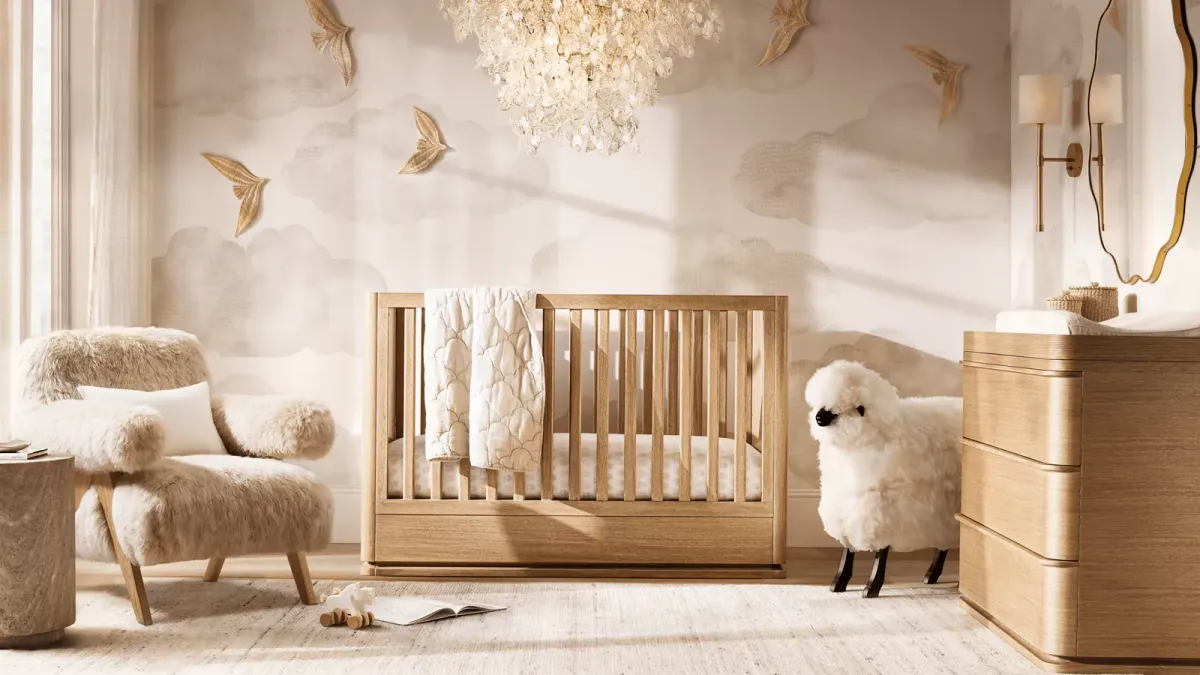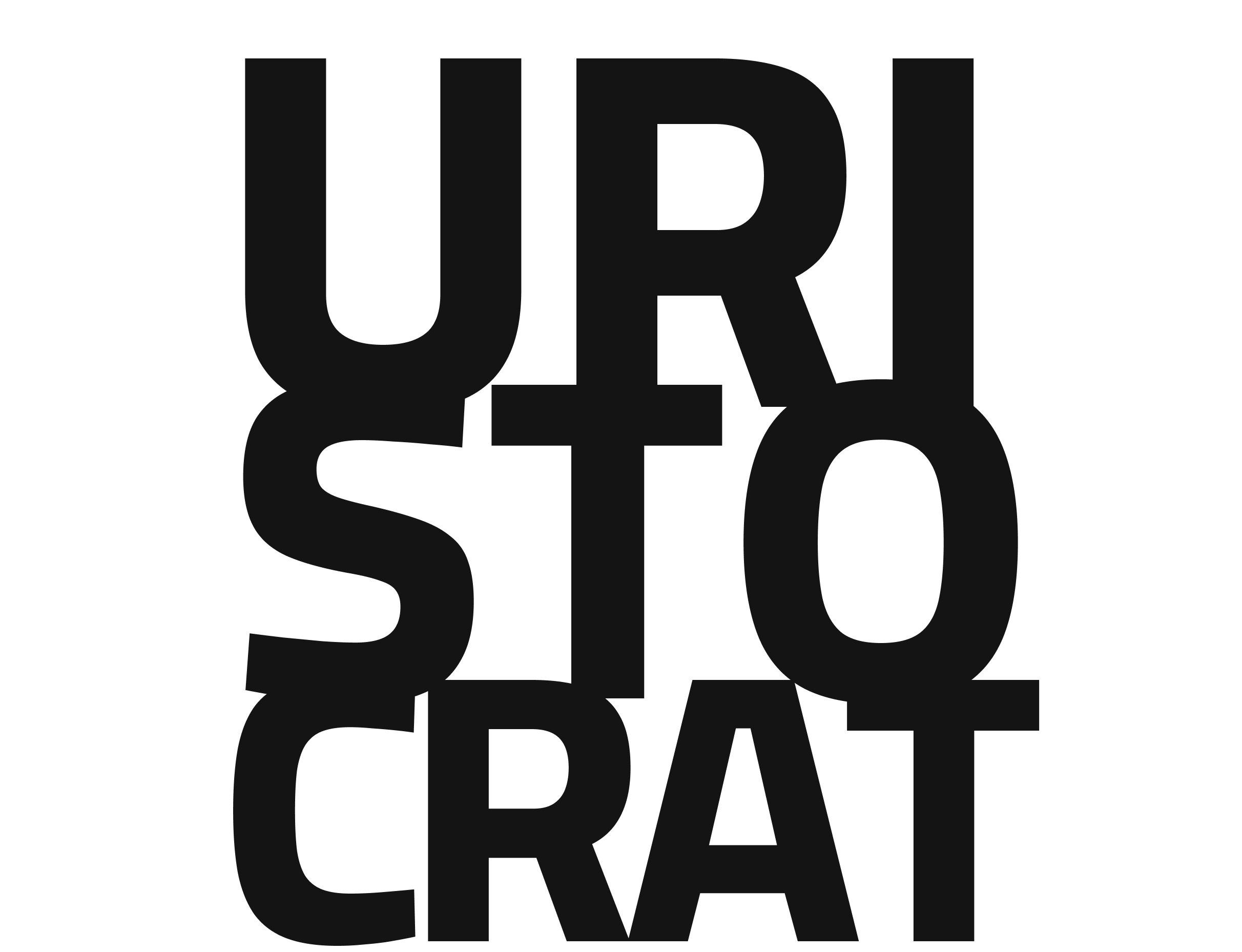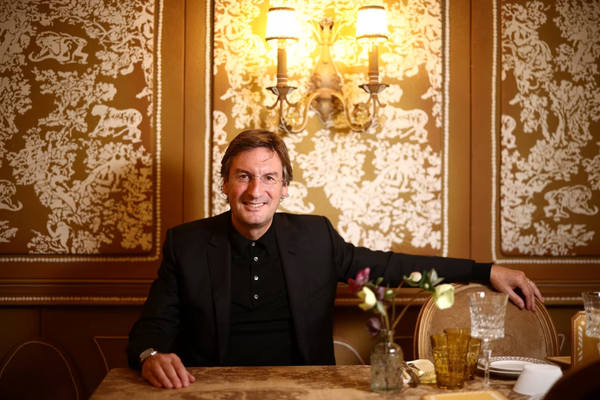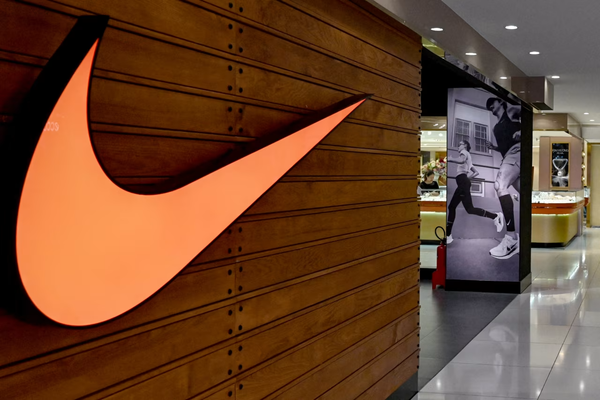How Uristocrats Are Beating Tariff Price Hikes on Baby Gear and Kids' Furniture

Key Takeaways:
- Buy once, use forever: Premium items often cost less per year than cheap replacements
- Look for easy-clean designs that hold their value for resale
- Focus on convertible furniture and modular systems that grow with kids
- Time purchases around model changes and seasonal sales
- Consider pre-owned luxury items that still outlast new budget options
Tariffs have parents sticker-shocked at baby stores, but Uristocrats have figured out a simple workaround: they're buying fewer, but quality things that save money over time.
Consider this scenario: spending $1,400 on a Bugaboo stroller system might seem excessive at first glance. But run the numbers—if it lasts through two more kids and sells for $700 when you're done, that's $700 spread over six years of use.
Meanwhile, parents who bought $300 strollers are already shopping for replacements.
The New Parent Math
Here's what smart Uristocrats have figured out: when tariffs push luxury prices up 25%, they don't make cheap stuff better. They just make the math favor buying premium goods even more strongly.
A $200 high chair breaks, stains, and ends up in a landfill within 18 months. A $800 Stokke Tripp Trapp? It converts from a high chair to an adult chair, wipes clean with a damp cloth, and sells for $400-500 on the secondary market after years of use.
The expensive items often turn out to be the actual budget option. Parents are realizing that a $1,200 crib that turns into a full-size bed costs less than buying three separate beds over time.
What Saves You Money
Easy-Clean Winners: The best investments are items you can hose down or throw in the washing machine. Think:
- Strollers with removable, washable fabric
- High chairs with seamless surfaces (no cracks for food to hide)
- Car seats with machine-washable covers
- Solid wood furniture you can wipe down
Multi-Use Heroes: Items that adapt and grow:
- Convertible cribs that become toddler beds, then twin beds
- Strollers that work from birth to 50+ pounds
- High chairs that adjust from infant to adult height
- Storage systems that work in nurseries and teen rooms
The Secret Shopping Windows
Timing your purchases can save hundreds:
End-of-Model Clearances: Stroller companies refresh designs every 3-4 years. Last year's $1,000 model often hits $600-700 when the new version launches. The old model? Usually identical in safety and function.
Post-Holiday Sales: January and February see the deepest cuts on furniture and gear as stores clear inventory.
Back-to-School Season: Late July through August brings surprising discounts on kids' furniture as retailers make room for holiday inventory.
The Resale Reality Check
Premium brands hold value in ways that might surprise you:
Strollers: UPPAbaby, Bugaboo, and Nuna systems regularly sell for 50-70% of retail after years of use
Car Seats: Maxi-Cosi and Cybex seats hold 40-60% value (though always check expiration dates)
Furniture: Well-made convertible cribs often sell for 60-80% of original price
Five-year-old Restoration Hardware cribs regularly sell for more than new IKEA ones cost. Uristocrats understand this math—they're essentially renting premium items for the difference between purchase and sale price.
Shopping Smarter in the Tariff Era
Start with the Secondary Market: Check Facebook Marketplace, Craigslist, and consignment stores first. A two-year-old luxury stroller often outlasts a brand-new budget model.
Buy Neutral Colors: Bold patterns and trendy colors tank resale value. Stick to black, gray, navy, or natural wood tones.
Check the Parts Situation: Before buying anything, verify the company still makes replacement parts. Premium brands typically support products for 10+ years.
Factor in Shipping: Heavy items like cribs and dressers can add $200+ in shipping costs. Sometimes paying more locally saves money overall.
The Reality Check
Not everything expensive is worth it. Skip premium versions of items kids outgrow quickly (like infant car seats they'll use for 6 months) and focus spending on things with staying power.
The key is thinking in cost per use. An expensive high chair gets used three times a day for four years. A fancy bassinet? Two months, max.
Smart Uristocrats are also getting creative with timing. Instead of buying everything before baby arrives, they're making targeted purchases as needs become clear. That $300 luxury baby carrier might be worth it if you use it daily. If you're not a babywearing family? The $50 version gathering dust in your closet cost too much.
The bottom line: In a world where everything costs more, the things built to last are looking like better deals than ever.




